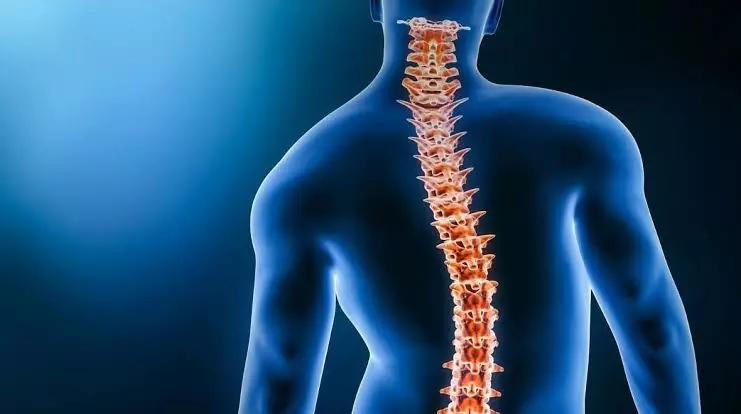Hyderabad: How Dr. Suresh Cheekatla helped girl to overcome hunchback, spinal deformity
Initially seeking treatment in their local area, they undertook spine X-rays and MRI scans, revealing a complex congenital spinal deformity
By Newsmeter Network
Representational Image
Hyderabad: A 9-year-old girl from Chhattisgarh has overcome a severe spinal deformity, congenital scoliosis, and hunchback deformity, thanks to the intervention of Dr. Suresh Cheekatla at KIMS Hospitals in Secunderabad.
This young girl's journey began with a mild spinal deformity detected by her parents shortly after her birth.
Initially seeking treatment in their local area, they undertook spine X-rays and MRI scans, revealing a complex congenital spinal deformity.
Multiple fused and incompletely formed vertebral bones were exerting pressure on her spinal cord, lungs, and heart. As she grew older, the condition rapidly worsened, leading to a significant hunchback deformity and a distorted physical appearance.
Adding to the complexity, the child had a spinal cord malformation, raising the risk of paralysis if the problem remained untreated.
The fused and underdeveloped spinal bones presented a surgical challenge, making it difficult to pass metal screws during deformity correction.
Desperate for a solution, the parents learned of Dr. Suresh Cheekatla, a specialist in spinal deformity correction, at KIMS Hospitals in Secunderabad.
Upon evaluation, Dr. Cheekatla and his team conducted thorough X-rays, a whole spine CT scan, and an MRI. The diagnosis revealed Congenital Dorsal Kyphosis with severe cord compression and spinal cord malformation (Syrinx).
The case was exceptionally challenging, demanding a surgery lasting over 6 hours.
In addition to the surgical complexities, the child's low blood volume posed a significant risk, with even a small amount of blood loss potentially becoming life-threatening.
Dr. Cheekatla's multidisciplinary approach involved consultations with cardiology and pulmonology to ensure the best outcome while considering the family's limited financial resources.
The surgical procedure encompassed all posterior aspects, including hemivertebra resection (the removal of partially formed bone) and Pedicle subtraction osteotomy (cutting a portion of spinal bone to facilitate deformity correction).
The surgery was completed with minimal blood loss, successfully reshaping the young patient's spinal curvature to near-normal levels.
In the words of Dr. Suresh Cheekatla, "It's a real challenge for us to treat this complex major spinal case, a young child, and the possibility of high blood loss during the surgery. Careful pre-operative workup and collaboration with the anesthesia team were crucial in maintaining the patient's stability."
The patient was able to mobilize on the immediate 1st postoperative day without complications, and with the support of a spinal rehabilitation team, she was discharged from the hospital on the 4th postoperative day in stable condition.